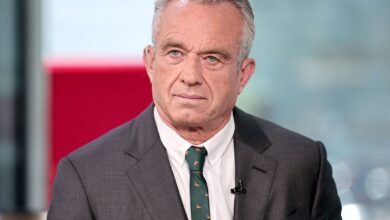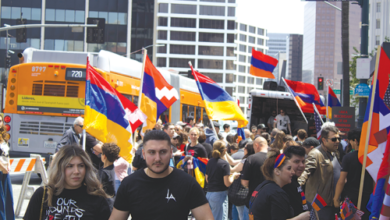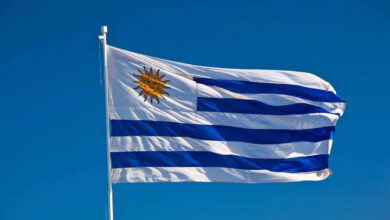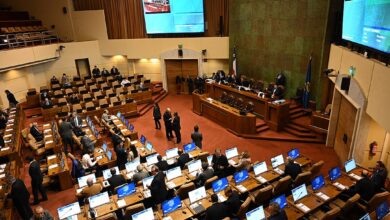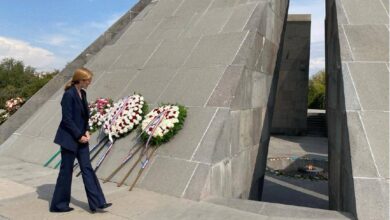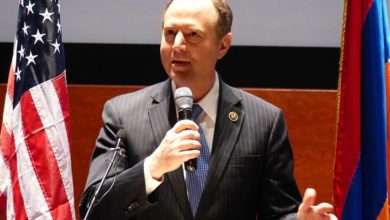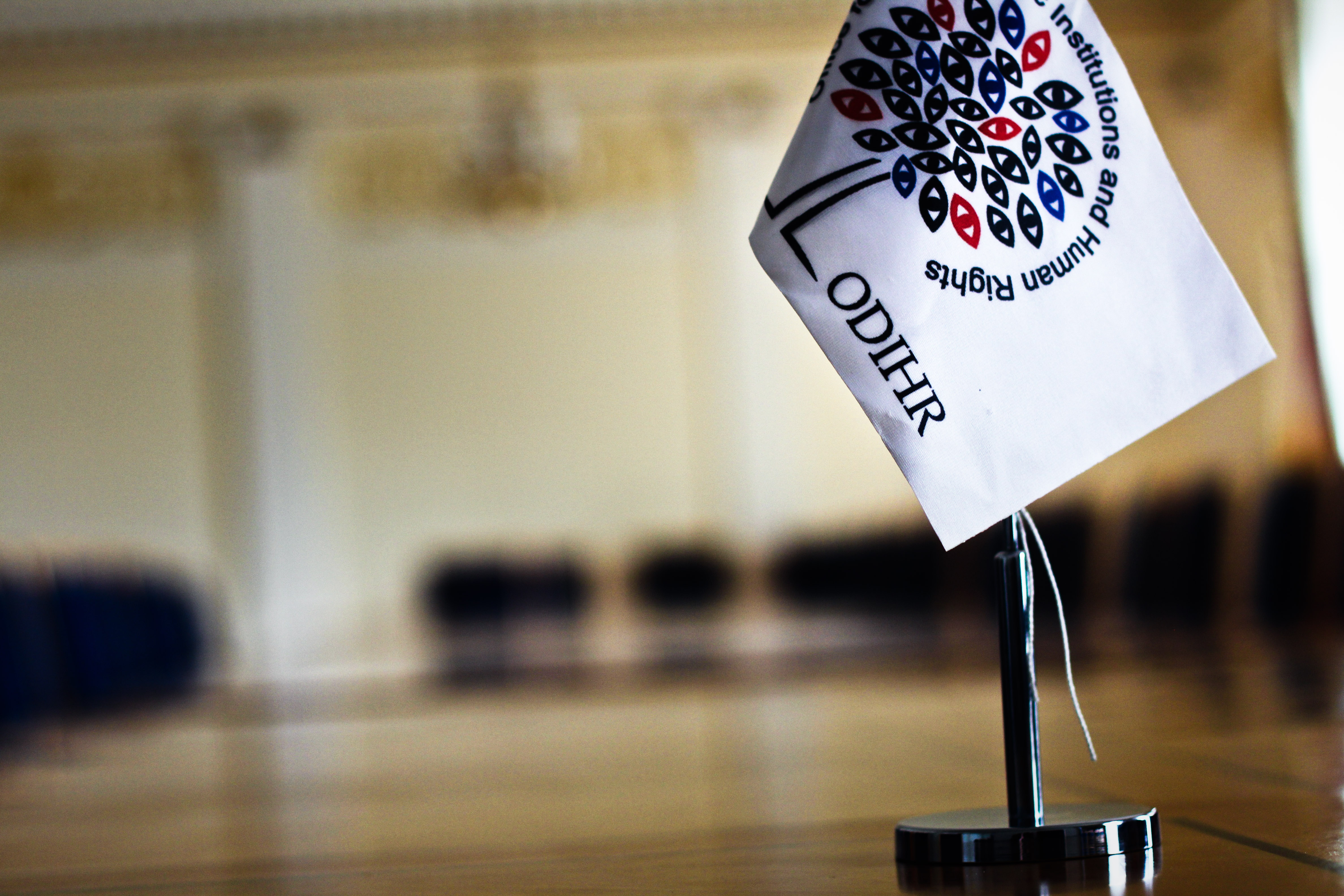
The Observation Mission of the OSCE Office for Democratic Institutions and Human Rights (OSCE/ODIHR) issued a post-election interim report on the presidential elections in Armenia.
This interim report should be read in conjunction with the pre-election interim reports, as well as the Statement of Preliminary Findings and Conclusions. The OSCE/ODIHR will issue a comprehensive final report, including recommendations, approximately two months after the completion of the electoral process.
The Mission reminds that “the Central Election Commission (CEC) on 19 February announced preliminary election results, indicating that incumbent President Serzh Sargsyan was re-elected in the first round. The second-placed candidate, Raffi Hovannisyan, disputed the results and claimed that he won the election.”
“Since 20 February, Mr. Hovannisyan has staged a series of protest rallies in Yerevan and several regions, which were joined by some opposition parties and politicians. The gatherings were peaceful and the authorities did not interfere, but the police stated that they are illegal and could lead to administrative liability.
“There were requests for recounts and for invalidation of results of 132 Precinct Election Commissions (PECs), almost all filed by Mr. Hovannisyan. Three recount requests initiated by election commissions were upheld and revealed minor discrepancies from the original counts. All other requests were rejected on the grounds that complainants were not entitled to file them.
“On 25 February, the CEC unanimously adopted the final results protocol and declared Mr. Sargsyan the winner, with 58.6 per cent of votes cast. Mr. Hovannisyan received 36.7 per cent.
“A limited number of complaints were filed with the election administration on election day, and over 80 after the election. Almost all were rejected. The police and the Prosecutor General investigated over 300 possible offences and initiated criminal proceedings in some 10 of them.
“Some broadcast media during the post-election period showed a selective approach in their coverage of political events, with a noticeable tendency to limit views critical of the conduct of the election. A number of online media offered diverse views.
“Following election day and the announcement of preliminary results, Mr. Hovannisyan claimed that he won the election. Starting from 20 February, he organized rallies in Yerevan and visited several other cities. The police announced that these rallies are illegal and can lead to administrative liability, but they did not interfere.
The Republican Party of Armenia (RPA) announced that it had cancelled a rally to celebrate the election victory of Mr. Sargsyan at Freedom Square in Yerevan on 21 February, in order to avoid tensions or clashes between the supporters of the two candidates.
“On 21 February, Mr. Hovannisyan met with Mr. Sargsyan. During his rally on 22 February, Mr. Hovannisyan stated that he had asked the president to prosecute all election-related violations and to hold a second round of the presidential election between the top two candidates. Alternatively, he demanded the resignation of the government and the holding of early parliamentary elections; this was rejected by the incumbent. The Presidential Administration told the OSCE/ODIHR EOM that the incumbent had assured Mr. Hovannisyan that perpetrators of violations would be prosecuted.
“Mr. Hovannisyan continued his rallies in six provinces, on 23 and 26 February, and in Yerevan, on 24 February. After the CEC declared the final election results on 25 February, Mr. Hovannisyan announced that he considers whether to challenge the results at the Constitutional Court and that he would continue his protest in the regions and in Yerevan.
“The coverage of the IEOM’s Statement of Preliminary Findings and Conclusions by television channels, including public H1, raised questions over the genuineness of their efforts to provide an objective and independent portrayal of the election. Most channels (except Yerkir Media and Kentron TV) presented mainly the positive aspects and generally omitted critical remarks and shortcomings highlighted in the report. On the other hand, a number of online media as well as Radio Azatutyun and public radio offered diverse views and more balanced reporting,” the report reads.


